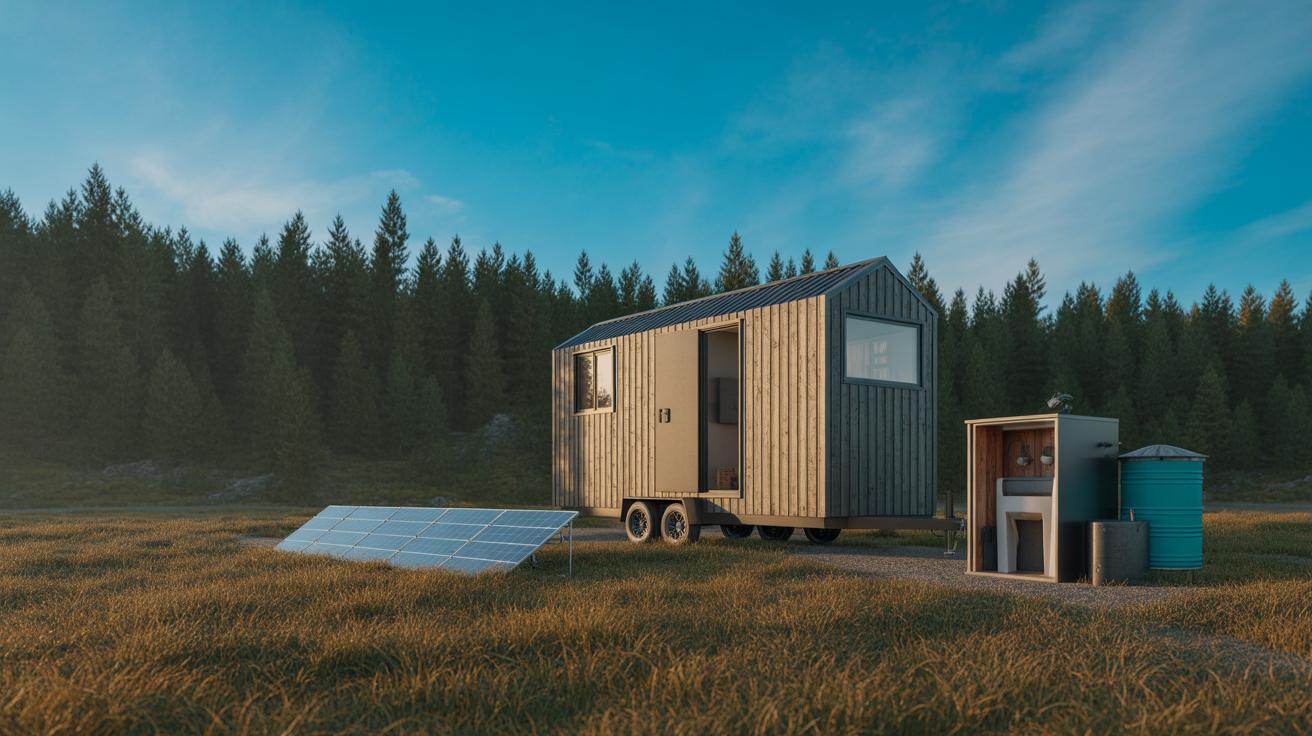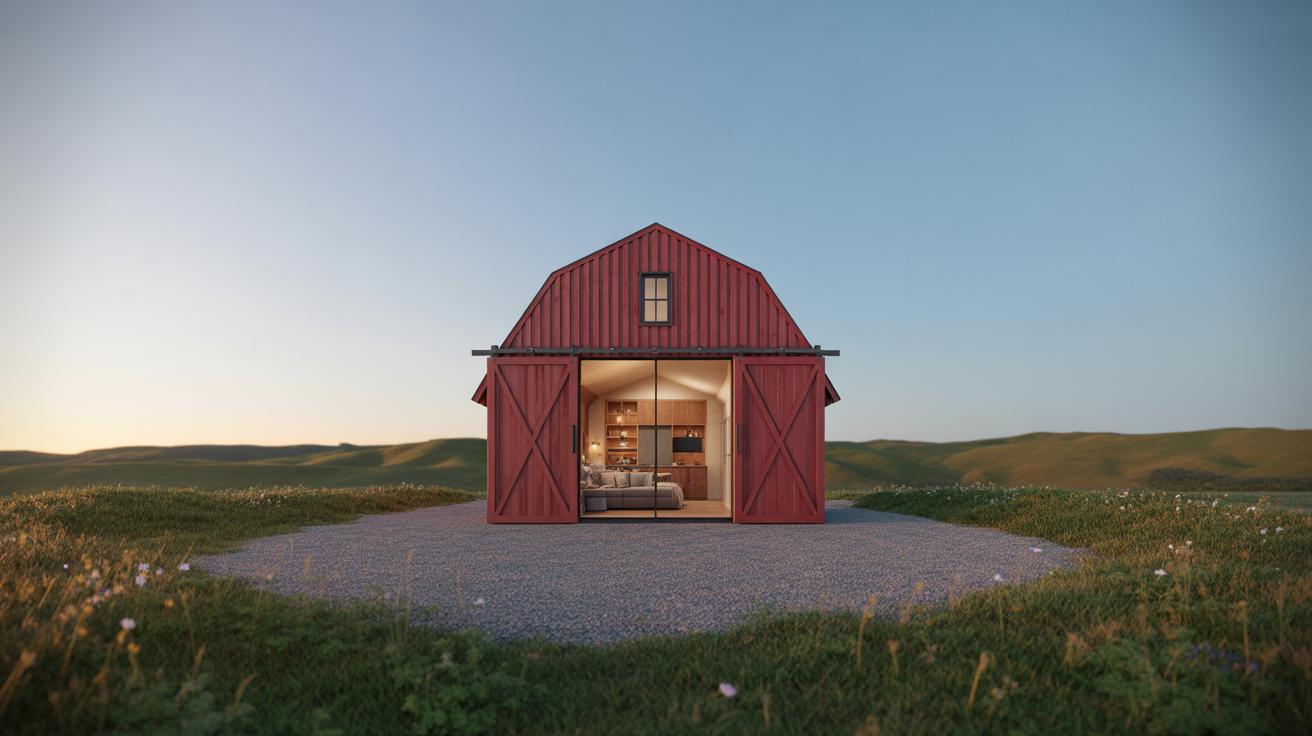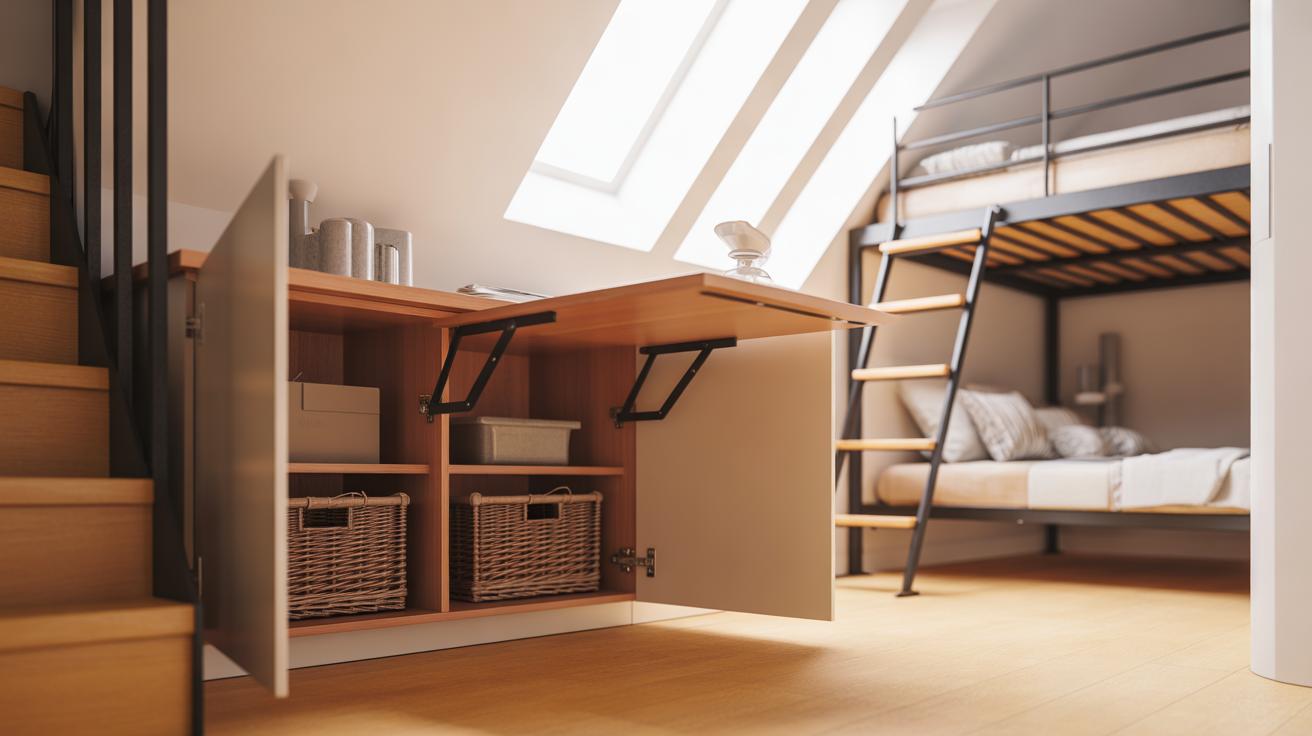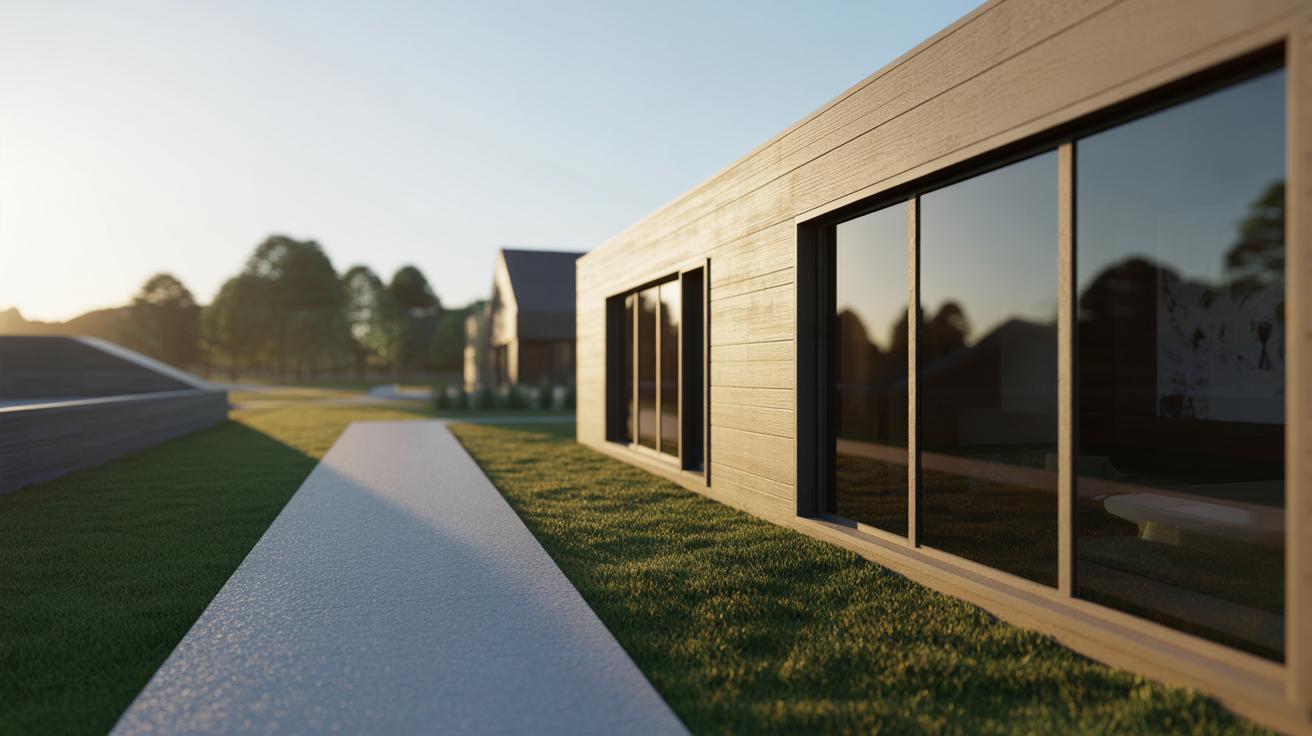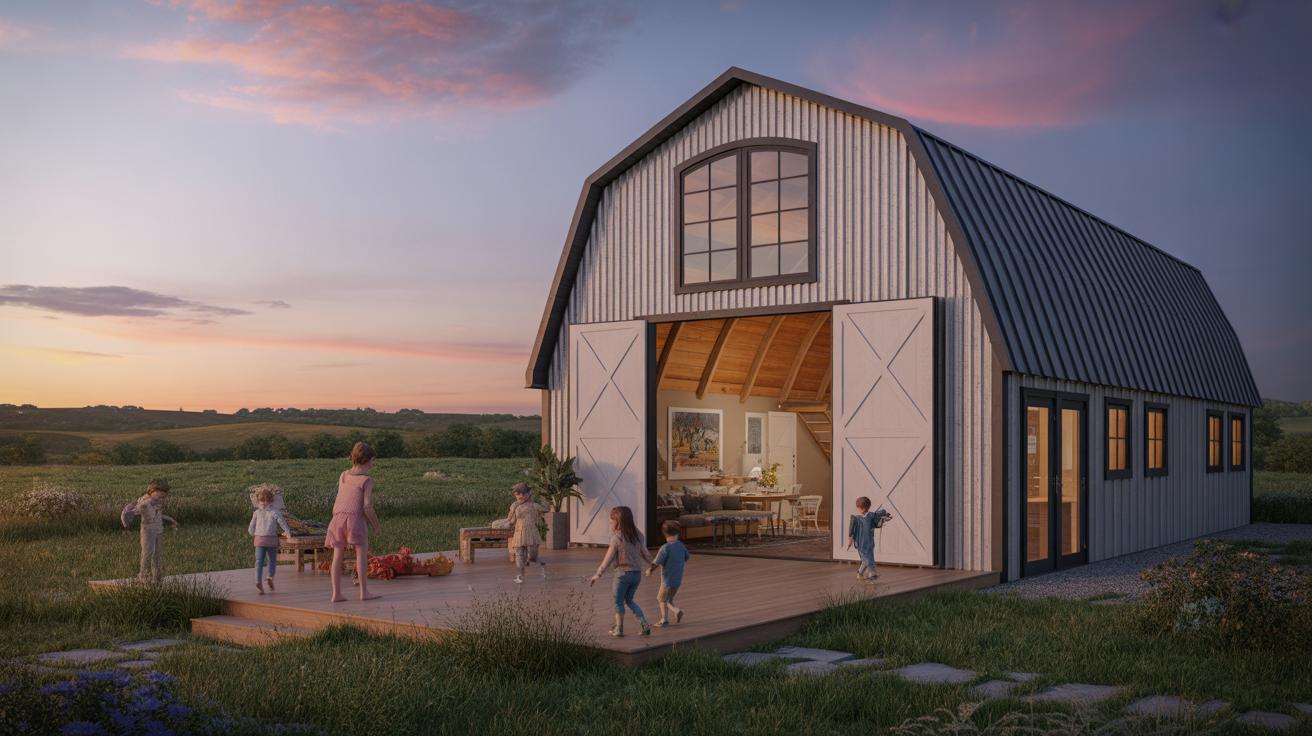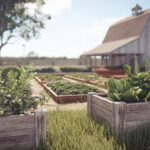Introduction
Farm homes hold a distinct place in rural living, combining simplicity and practicality in their design. Their historical role as the primary dwelling in agricultural settings is important to understand when considering modern adaptations. Many traditional farmhouses incorporate unique features aimed at meeting the needs of working farms, including areas for animals and barns situated nearby. These designs were often influenced by regional customs and climates, shaping the form and function of farm homes over centuries.
Living arrangements in farm homes are evolving to accommodate the needs of multi generation families. Families today seek homes that balance privacy and communal space for grandparents, parents, and children under one roof. The concept of multi generation living presents specific design challenges and opportunities. Functional layouts, adaptable rooms, and thoughtful amenities become key to fostering harmony and convenience. Your farm home can become a timeless space where family bonds are strengthened while honoring the legacy and practicality of traditional designs.
Understanding the Core Features of Farm Homes
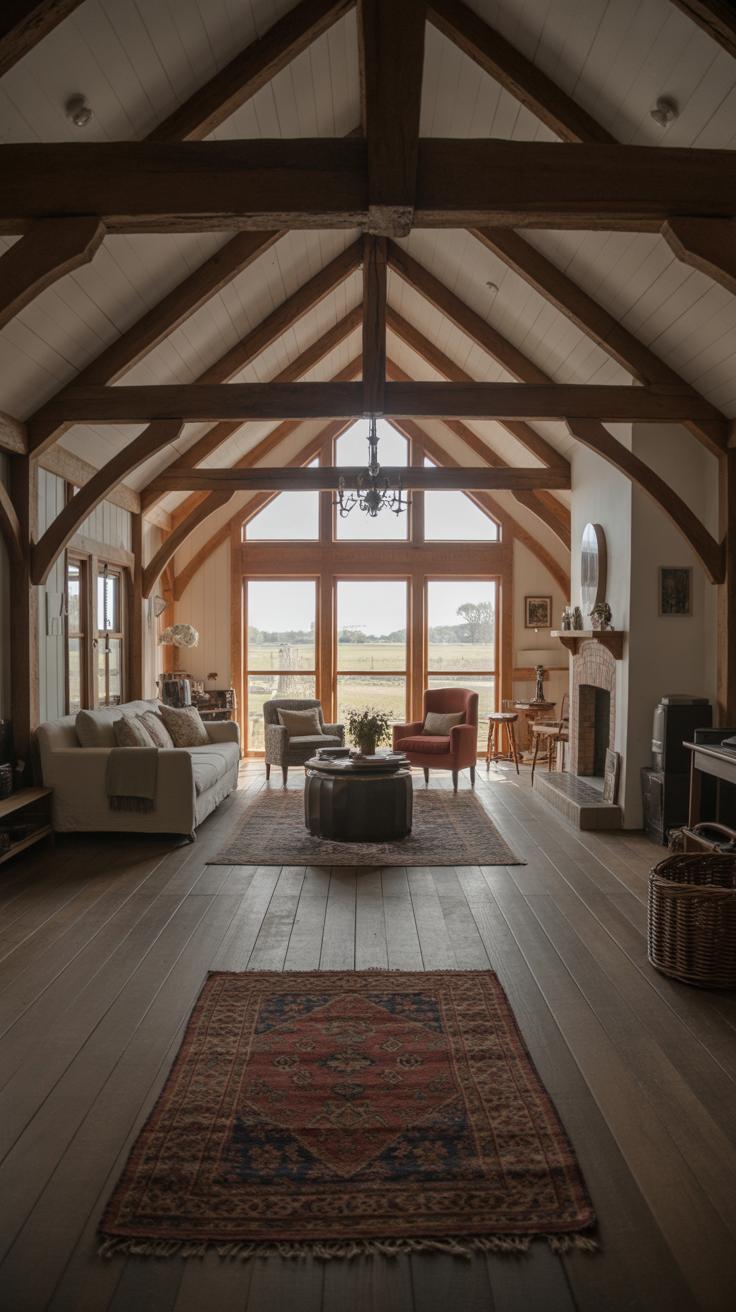
Farm homes were built to support the daily needs of families living and working on the land. They combined living spaces with practical functions tied to farming tasks. Their design focused on durability, simplicity, and flexibility to handle both home life and work demands.
Key features include large kitchens for food preparation and preservation, wide porches for outdoor work breaks, and strong central chimneys used to heat large common rooms. Rooms were often arranged to make it easy to move between the house and nearby barns or storage areas.
These homes prioritized sturdy materials like wood or stone to withstand weather and heavy use. The practicality of their structure fits well when planning spaces for multiple generations. The open layout and multi-purpose areas offer a base for designing comfortable, shared living spaces that can adjust as your family’s needs evolve.
Historical Functions and Layouts
Farm homes originally served as centers for agricultural life. They were closely integrated with barns, animal shelters, and storage buildings. Families needed quick access to these spaces for daily chores, which influenced the home’s layout.
The main floor usually contained a kitchen, dining area, and sometimes a parlor, located near the entrances leading to the workspaces outside. Sleeping areas were often on the upper floor to keep family members close yet separate from the busy areas below.
Architectural choices like wide doorways and sturdy staircases helped move supplies and animals easily. The house layout was functional, designed to support farm work rather than focus solely on aesthetics or luxury.
Architectural Styles Across Regions
Farm house designs vary significantly across regions due to local climate and available materials. European farm homes often used thick stone walls to protect from cold and wind. Their steep roofs helped shed snow during winter.
In North America, farm homes commonly used wood, with broad front porches providing shade during hot summers. Roof shapes varied to handle regional weather challenges such as heavy rain or snow.
These design differences show how farm homes responded to their environment. When planning multi generation spaces, you can learn from these regional styles by using local materials and adjusting designs to fit your climate’s demands and your family’s lifestyle.
Adapting Farm Homes for Multi Generation Living
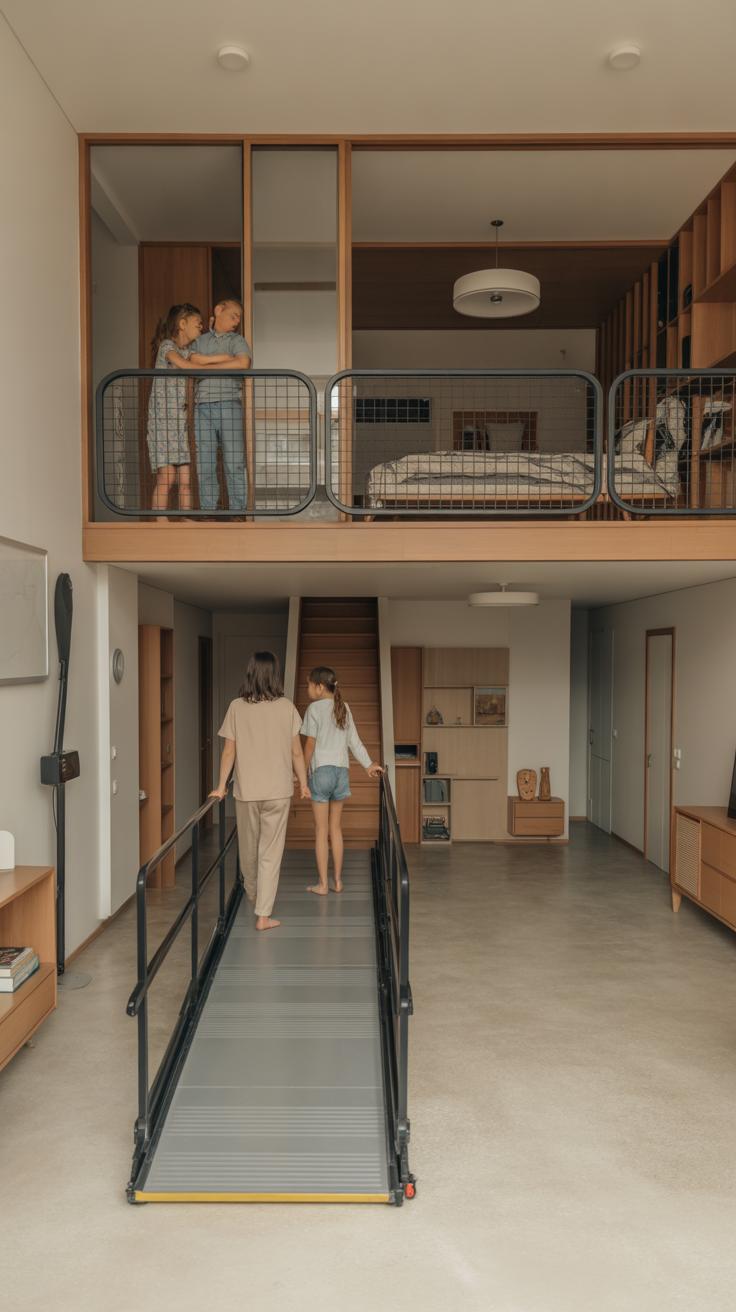
Traditional farm homes offer strong bones for multiple generations to live comfortably under one roof. Their large, open spaces and simple layouts can be adjusted to meet the needs of different family members. Dividing the home into clearly defined zones helps balance togetherness with privacy.
Consider creating separate wings or floors for each generation. Shared areas like the kitchen or living room stay central for daily interaction. Meanwhile, bedrooms and private bathrooms provide quiet retreats. Think about how family members use the home during the day and night, then arrange spaces to avoid overcrowding.
When adapting a farm home, ask yourself: How much privacy does each generation need? Where can family members gather without feeling cramped? Focus on flexible designs that respect everyone’s lifestyle while keeping the household connected.
Designing Privacy Within Shared Spaces
When several generations share a farm home, privacy is key. Dividing living areas with walls, built-in shelves, or even furniture placement can create personal zones without building full separate rooms. Use soundproofing materials to reduce noise between spaces.
Floor plans that place bedrooms away from main social zones allow people to rest without interruptions. For instance, an upstairs wing for grandparents and downstairs bedrooms for parents and kids can work well. Lounges, dining areas, and porches serve as common grounds for family time.
Versatile spaces like bonus rooms can transform into quiet study areas or guest rooms. This helps each person have control over their environment while maintaining easy access to shared spaces. How can you arrange rooms so everyone feels both connected and comfortable?
Incorporating Separate Entrances and Kitchens
Separate entrances and additional kitchens can boost independence in multi generation farm homes. A second entrance allows older adults or young adults to come and go without disrupting the household routine.
Adding kitchenettes or small kitchens in a basement, in-law suite, or upstairs area lets each generation prepare meals on their own schedule. These features prevent bottlenecks during busy mornings or evenings and add convenience.
For example, a mother-in-law apartment often includes a kitchenette and private entrance, giving family members privacy while keeping them close. Think about where extra entrances or kitchens could fit naturally in your floor plan. How might you design these features to support everyone’s daily patterns?
Functional Room Layouts for Multi Generation Families

Designing room layouts with different age groups in mind creates a more comfortable home for everyone under one roof. You need to separate private zones for seniors and kids while still keeping easy access between spaces. Placing bedrooms for elderly family members on the main floor reduces the need to climb stairs, improving safety and convenience. Children’s rooms can sit nearby but slightly apart to give both generations their own quiet areas. Shared rooms or flexible spaces, like a bonus room or a den, can change function as your family grows or needs shift.
Consider movable partitions or sliding doors that let you open or close spaces depending on the occasion or privacy level needed that day. Will a small office become a guest room? Can a playroom double as a homework space? Adaptable rooms extend the home’s usefulness and add value by supporting your family’s evolving needs over time.
Flexible Bedrooms and Bathrooms
Thoughtful bedroom placement respects privacy for elderly residents while meeting children’s needs. You might locate the grandparents’ bedroom near a bathroom with grab bars and a walk-in shower for safety. Bedrooms for kids should allow for natural light and airflow but also be distant enough for quiet naps or bedtime. Ensuring that bathrooms are on the same floor as bedrooms avoids nighttime trips up or down stairs.
Accessible bathrooms with simple modifications like non-slip flooring, raised toilet seats, and sturdy grab bars go a long way in accommodating seniors. Can you add a powder room or extra full bath to cut down wait times at rush hour? Flexible bathroom layouts benefit everyone and reduce daily stress. Think about space for children’s step stools or an extra-wide door to accommodate mobility aids.
Common Areas for Connection
Gathering places like living rooms, dining rooms, and kitchens should invite interaction while allowing smooth movement. Arrange seating to face each other, encouraging conversation among all ages. Position sofas and chairs away from busy pathways to increase comfort and safety. Ample lighting, including layered sources like ceiling lights and lamps, brightens spaces and adapts to different activities.
Shared kitchens with large islands or breakfast bars allow multiple family members to cook, chat, or help with homework together. Dining areas with easy-to-clean surfaces and enough seating promote family meals and celebrations. What furniture shapes or layouts encourage your family to pause and connect daily? Thoughtful design here turns a house into a home for all generations.
Incorporating Modern Amenities and Technologies
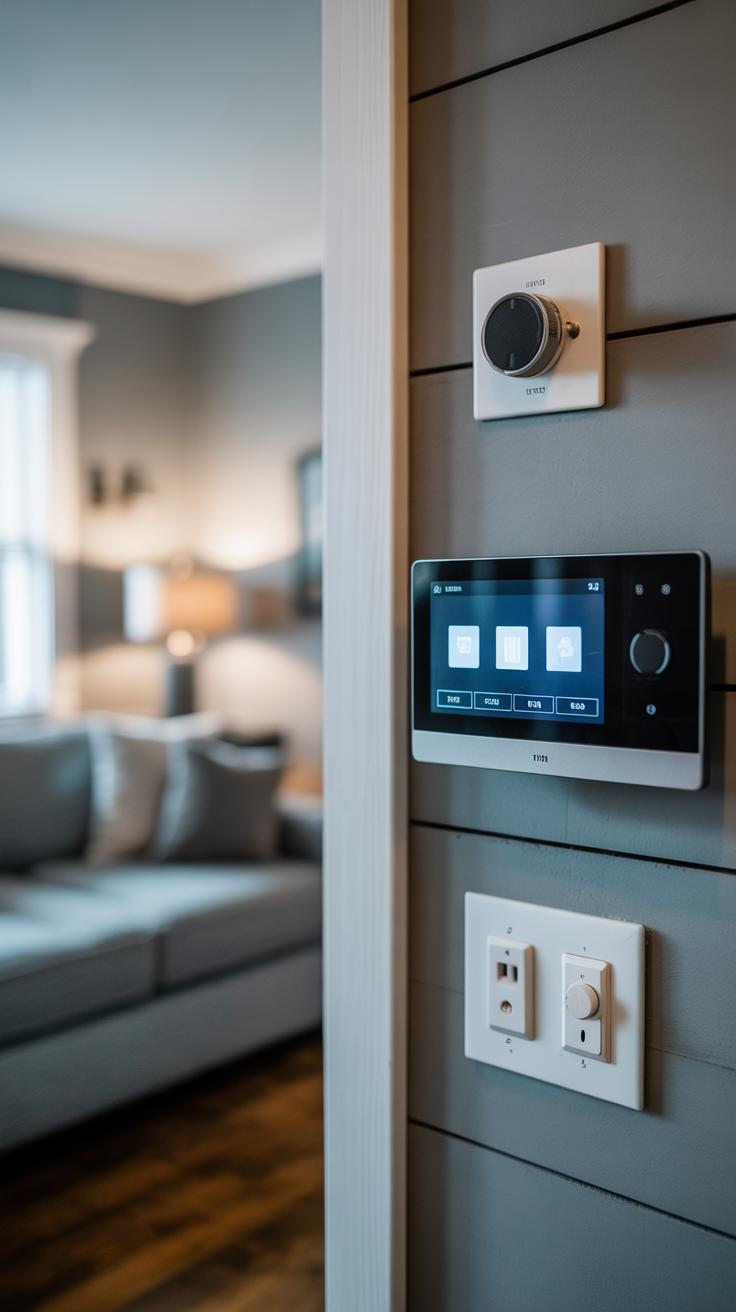
Farm homes should offer comfort and ease for family members of all ages. You can add modern conveniences without losing the timeless charm. Installing energy-efficient heating and cooling systems keeps everyone comfortable year-round. Choose appliances that blend classic farmhouse styles with updated performance. For example, a farmhouse sink paired with a high-tech dishwasher works well for busy kitchens. Consider adding keypads or touch screens that match the home’s design to control lighting or temperature. These tools simplify daily tasks while respecting the home’s original look.
Accessibility matters when welcoming aging relatives or young children. Thoughtful placement of switches and outlets at accessible heights makes a difference. Think about wider hallways and open floor plans that improve movement and reduce hazards. Lighting options that brighten hallways and staircases can prevent accidents all year long. How can you balance new features with your home’s character to serve every generation?
Accessibility Upgrades
Supporting seniors starts with simple, practical modifications. Ramps at entryways replace steps to allow easy access for wheelchairs or walkers. Wider doorways create smooth paths for everyone in the family. Installing grab bars in bathrooms adds safety for people with mobility challenges. Non-slip flooring can reduce falls without compromising style. Smooth transitions between rooms remove trip hazards. These adjustments don’t need to be obvious. You can choose materials and colors that blend with original farm home details. Keeping family members safe and comfortable benefits the entire household.
Smart Home Features
Smart technologies help multi generation families live efficiently together. Automated lighting can turn on when someone enters a room or adjust to a preferred brightness level. Security systems with cameras and alarms provide peace of mind when some family members are away. Communication tools like video doorbells and intercom systems connect family members in different parts of the home. Voice-activated assistants can answer questions or control devices hands-free. These features help family members of all ages stay connected and safe. What smart devices would make daily life simpler for your family?
Outdoor Spaces Designed for All Ages
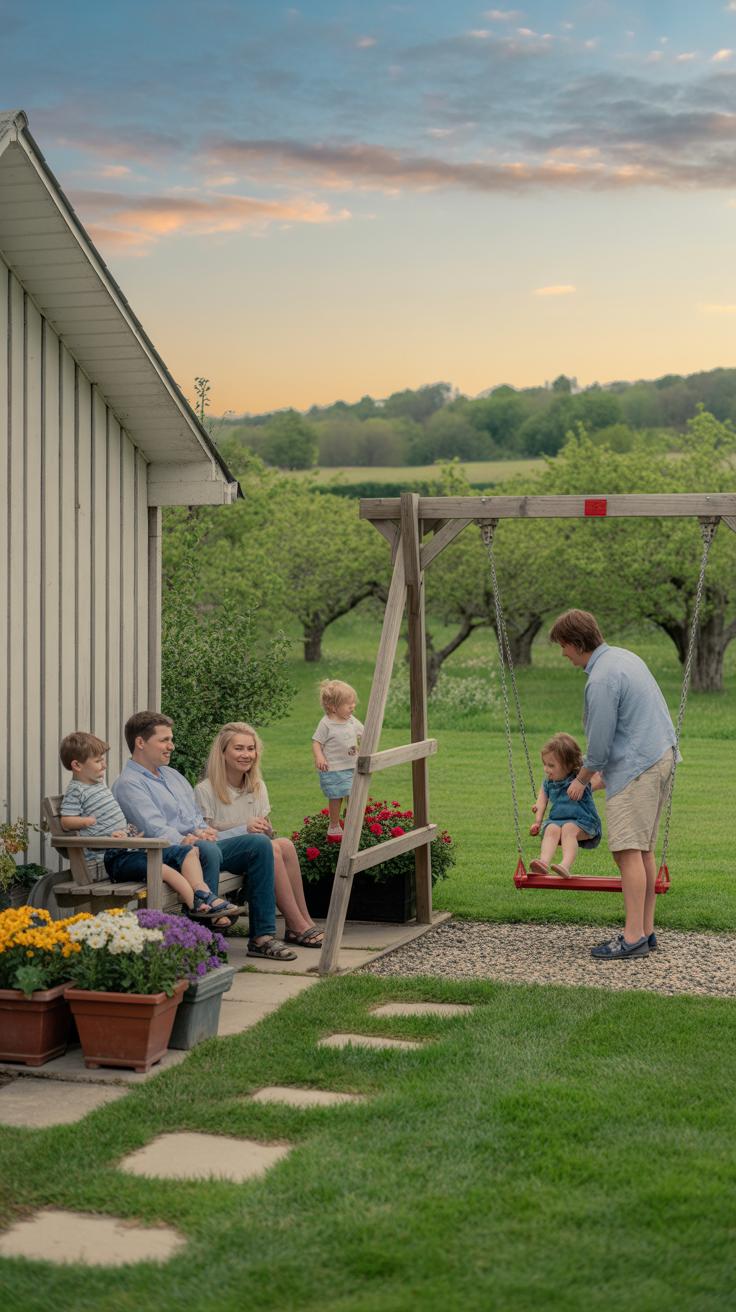
Farm homes offer wide outdoor areas that serve different needs for every generation. Older family members often enjoy quiet activities like gardening or sitting in shaded spots, while younger ones need places to run and play. Creating zones that balance both helps everyone spend time outside comfortably.
Design paths that are even and slip-resistant to prevent falls and make moving around easier for seniors and kids alike. Make sure seating is available near activity areas for rest. Arrange plants to avoid sharp branches or toxic types. Consider shade structures or trees that block sun but allow fresh air.
How can you design farm yards where grandparents watch children play safely? Could an outdoor workbench serve hobbies like potting plants for some and science projects for others? Think through how the landscape flows and what activities fit best in different spots to maximize the farm’s usefulness for all ages.
Gardens and Play Areas
Raised garden beds at waist height make planting and harvesting easier on older backs. They invite elderly family members to stay active without bending down. Mix in fragrant herbs or bright flowers to engage senses and encourage participation.
Set aside safe play zones with soft grass or mulch surfaces for kids. Add swings, sandboxes, or climbing frames within view of sitting areas so adults can supervise without feeling distant. Ask children what activities they enjoy and include those elements.
Small garden patches for kids to grow fast plants like sunflowers teach responsibility and connect them to nature. Can you design a garden where seniors pass on gardening stories while watching kids explore? An intergenerational garden grows both food and family bonds.
Patios and Gathering Spots
Outdoor seating areas should fit various family sizes, from intimate two-person benches to large picnic tables. Choose durable, comfortable furniture that weathers all seasons. Covers or umbrellas provide shelter from sun and rain, extending use year-round.
Position spots near the kitchen or outdoor grill for easy serving. Include movable chairs for flexible gatherings. Heating elements or fire pits add warmth and create focal points during cooler months.
Do you want a quiet nook to read or a lively place to celebrate family meals? Mixing seating types and layering lighting options lets you adjust the mood effortlessly. Thoughtful design turns farmyard patios into favorite places for every family member to enjoy at any time.
Preserving Timeless Farm Architecture in Modern Renovations
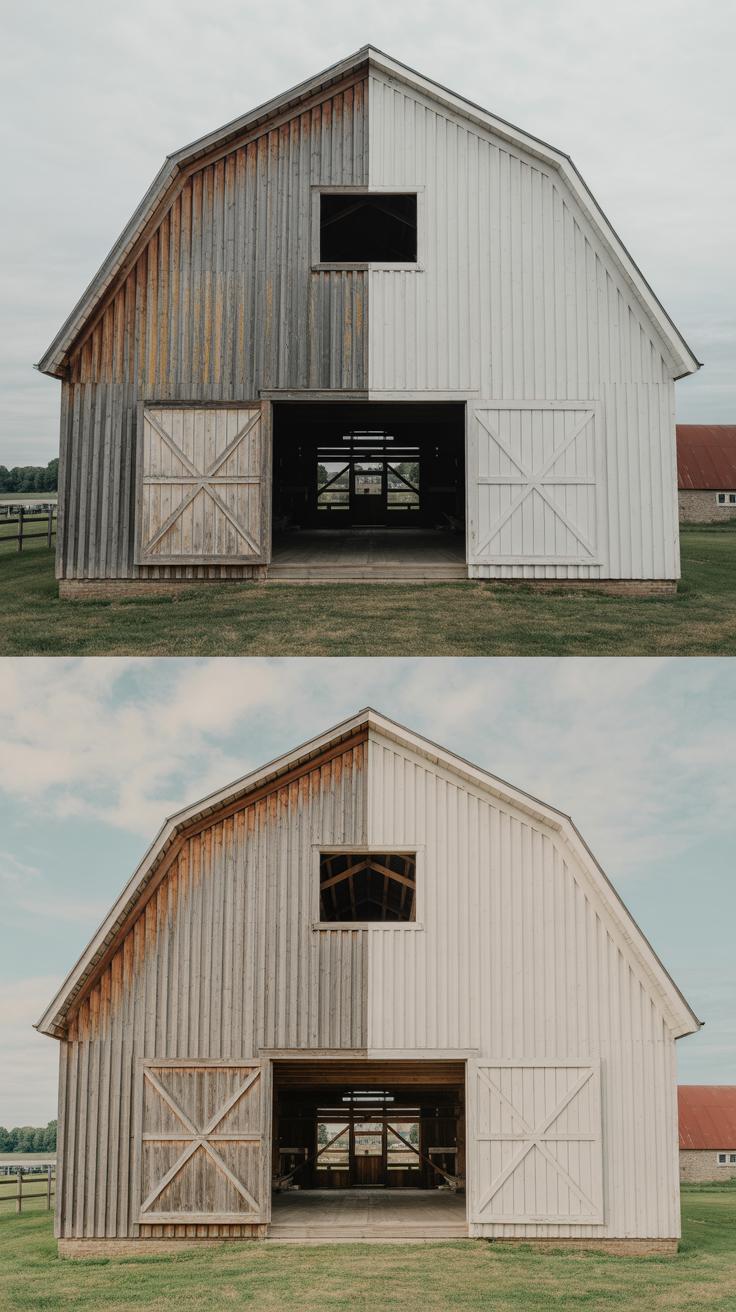
Updating a farm home for modern living means balancing comfort with history. You want your space to meet today’s needs without losing the charm that makes it unique. Start by identifying which parts of the home define its character. Those elements deserve careful attention during renovation.
Consider improving the layout to support multi-generation living. Wider doorways, added bathrooms, or open kitchen plans can make daily life easier for everyone. At the same time, choose design choices that honor the simplicity of traditional farmhouses. Avoid overdecorating or using flashy details that clash with the original style.
Materials are crucial. Use natural wood, stone, or brick that match the period of the home. When adding new elements, pick finishes that age well and resist wear, especially in high-traffic areas. Think about lighting and fixtures that highlight old features instead of hiding them. Updating insulation and windows also helps keep historic homes comfortable year-round.
How will you keep your farm home’s story alive while making it practical for today’s family needs? That balance can create a space both timeless and functional, supporting generations to come.
Respecting Original Structures
Wood beams, stone walls, and original floors carry the soul of a farm home. Protect these whenever possible. You might need to reinforce beams for safety, but try to maintain their shape and texture. Patch damaged stonework with matching materials rather than replacing entire sections.
Original flooring adds warmth and history beneath your feet. Preserve wide planks or hand-hewn boards by sanding and resealing instead of ripping them out. If part of the floor must be replaced, find reclaimed wood to maintain consistency.
Remember, these features tell a story about the home’s past. How will you keep these stories intact as you open the space up for new functions? Respecting these details creates a link between generations and honors the farm’s heritage.
Choosing Complementary Materials
Select materials that fit the farmhouse style but also handle daily use well. Hardwood floors such as oak or hickory offer toughness and classic appeal. Use matte or satin finishes for a natural look that doesn’t show scratches easily.
When updating walls or counters, natural stone or brick blends well with older elements. Modern composite materials can mimic these while being easier to clean and maintain. Look for products with a rustic look rather than slick or polished surfaces.
Think about paint colors that complement wood and stone, such as soft creams, muted greens, or warm grays. These tones feel timeless and help new parts of your home blend seamlessly with old ones. What choices will you make to keep tradition alive while creating a space that works for your family today?
Financial and Practical Considerations for Multi Generation Living

Designing or remodeling farm homes to accommodate multiple generations requires smart financial planning. Start by listing all necessary updates based on your family’s needs. Focus on changes that improve daily life for everyone, such as adding extra bathrooms or converting unused spaces into bedrooms. Consider long-term benefits before spending on cosmetic upgrades.
Pay attention to energy efficiency during renovations. Installing better insulation or modern heating systems can reduce costs over time. Reuse existing materials when possible to cut down on expenses without sacrificing quality. Ask yourself which updates will add the most value to your property and improve comfort simultaneously.
Budgeting for Renovations and Upgrades
Set a clear renovation budget early, and divide funds between urgent repairs and lifestyle improvements. Fix structural issues before focusing on aesthetics. For example, repairing a leaky roof or upgrading electrical wiring takes priority for safety.
Maximize value by using cost-effective solutions like modular furniture or flexible room layouts that adapt to changing family needs. Seek advice from professionals experienced in farm home renovations to avoid unexpected costs. Can you complete some work yourself to stretch your budget further? Plan carefully to stay within your limit.
Understanding Zoning and Regulations
Farm properties often face specific zoning laws. Check local regulations to ensure your multi generation housing plans comply with rules. Some areas limit the number of separate living units on one property or restrict additional kitchens.
Obtaining the right permits avoids legal issues and delays. Consult your county or city planning office before starting renovations. For instance, adding an accessory dwelling unit (ADU) might require special approval or impact property taxes. Understanding these rules helps you design spaces that meet both family needs and official requirements.
Creating a Lasting Family Legacy with Your Farm Home

Your farm home can serve as more than just a place to live—it can be the foundation of your family’s story. Thoughtful design supports family continuity by blending present-day comfort with the flexibility to meet future needs. Planning ahead means considering spaces that adapt as generations come and go while maintaining the heart of the home.
How can your farm home reflect both who you are now and who your family will become? Focus on durable materials and classic styles that age well. Allow for rooms that can change function—from a playroom to a quiet office or guest space. Prioritize gathering areas where family members naturally come together, building memories across years.
Thinking beyond immediate needs strengthens your home’s value to future generations. Would your children or grandchildren find it welcoming and practical? Building with this mindset helps protect your family’s legacy, making your farm home a true centerpiece of shared history and belonging.
Planning for Changing Family Needs
Family sizes and needs don’t stay the same. When designing for multi-generation living, ensure spaces can adjust easily. Use flexible floor plans with rooms that serve multiple purposes. Sliding doors or partitions can create private areas or open spaces for family gatherings.
Think about accessibility for all ages. Wider hallways and entrances accommodate young children and older adults alike. Creating separate living quarters provides privacy but keeps everyone close.
What future changes should you prepare for? Consider if spaces allow for adding bathrooms or modifying kitchens. A home designed to grow with your family avoids costly renovations later and helps every generation feel at home.
Building Emotional Connections Through Design
Farm homes carry stories and memories. Including design elements that honor your family history can strengthen ties across generations. Display family photos in central areas or use reclaimed wood from older farm buildings as part of the décor.
Spaces where traditions happen—like a large kitchen island for shared meals or a cozy porch for storytelling—encourage connection. Personal touches, such as heirloom furniture or handmade quilts, remind everyone of the family’s roots.
Ask yourself how your home can become a backdrop for new memories. What features create a sense of belonging? Designing with family identity in mind builds a lasting emotional link, keeping your family’s story alive through the home you share.
Conclusions
Successful multi generation farm homes blend timeless design elements with modern living requirements. Prioritizing both individual comfort and shared spaces creates a balanced environment for all ages. Practical features such as separate entrances, multiple kitchens, and flexible rooms support varied lifestyles. Well-planned storage and outdoor areas enhance daily life and accommodate growing families. These considerations help your home meet the evolving needs of family members across decades.
Farm homes carry heritage and purpose that resonate deeply with multi generation households. Focusing on functional layouts and durable materials sustains these homes’ value and comfort. By integrating thoughtful design with respect for tradition, your multi generation farm home will remain a cherished family hub. Reflect on how your household lives today and in the future to craft a home that supports connection, independence, and shared memories for generations to come.



